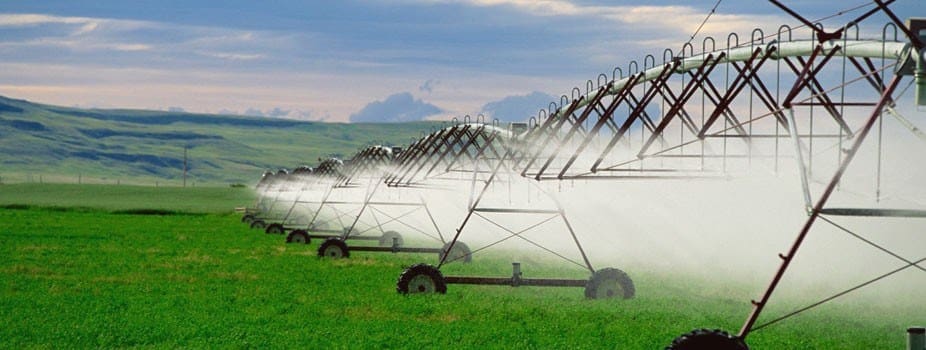
THE roll-out of the separation of land and water assets on some properties across the eastern states over the past ten years has important implications, rural land valuer Scott Fuller suggests.
“Queensland is currently implementing this separation process, following on from New South Wales, which started in 2004,” Mr Fuller said, in Herron Todd White’s latest July monthly property review.
Most water areas within NSW currently have a water sharing plan in place.
Previously, all NSW water licences were managed under the 1912 Water Act which effectively indicated that any water entitlements were part of the land. Accordingly, when a property was purchased, any irrigation entitlement was innately attached to the parcel purchased.
“As such, we believe that there were large volumes of water attached to parcels of land that were not being utilised to the fullest extent as, at times, the particular owner was not interested in irrigation or alternatively was unable to fund the development to utilise the water asset,” Mr Fuller said.
The NSW Water Act 2000, which was not implemented until 2004, began the process of identifying parcels of water as separate entities, rather than attached to the particular property.
This proved a painful process for many bore-water users. Part of the separation of the two assets involves determining a maximum extractable limit able to be extracted from the aquifer, so that long-term use will not have a negative effect on the aquifer itself.
“This involved the reduction in allowable extractions for many licences, however we do believe that this also ensured the long term viability of these aquifers,” Mr Fuller said.
One of effects that appeared to be developing over time from the implementation of this separation of land and water was the freeing-up of the asset to be utilised wherever the highest need was within the river system or aquifer, more generally in the river system.
“As such, these assets that were previously not able to be utilised for lack of capital or desire, can now be transferred to an area that does have the demand. The result of this would be that the division of these two assets results in a greater sum of value as opposed to the assets joined together,” he said.
In addition, there were now properties within river systems in NSW that are fully developed for irrigation and effectively have no associated water entitlement.
“All requirements are sourced on the temporary water market and, while there are not a great number of properties in this situation, it is a developing trend. We are seeing more requirements sourced on a temporary basis than utilising capital to secure a large asset such as a water licence,” Mr Fuller said.
“It will be interesting to see how this develops in Queensland as that state has unique irrigation systems utilising large overland flows, and this will be a difficult task for the Queensland Government to implement.”
“We have, however, seen the positive results in NSW, albeit with a lot of pain involved initially, but it is too early to determine whether this translate into the same positives in Queensland.”
Lack of listings in Central NSW
In presenting valuation trend figures to a gathering of NSW rural real estate agents in Dubbo recently, Herron Todd White noted that the general consensus was that the regional property market remained tight, with a general appetite for debt at low levels.
“One interesting point that did arise from this discussion from a number of agents was the lack quality properties available,” HTW said.
“When a well-regarded property with good improvements and water development is offered, there is generally reasonable demand, however the balance of the holdings in the market within most areas of central NSW currently would be considered as struggling to gain levels of interest that enables sales to transact in a normal timeframe of three to six months.”
One of the more notable sales that occurred in the region last month was that of Snowball at Gundagai, NSW. This 1268ha mixed farming property sold before auction at an undisclosed price to a district farmer. Additional sales throughout June include North Broadway, a 426ha grazing property at Holbrook and Sloane, a medium sized cropping holding near Corowa. Both sold above vendor expectations, however the prices remain confidential.
The recent rainfall as well as solid livestock prices appear to have buoyed confidence in the local farming and grazing sector, which is flowing through to increased sales volume and solid sale prices in some regions.
Source: HTW
